Epic heroes show up in every corner of the world. Their stories crossed mountains and seas long before maps were complete, and they still travel today through books, games, and retellings. These figures faced monsters and gods, saved kingdoms, and bargained with fate itself. Their names anchor the oldest poems we have, and the newest ones too.
Here are fifteen legendary heroes whose tales shaped how people imagine courage and destiny. You will find kings who challenged the heavens, tricksters who outwitted armies, and warriors whose strength or skill still sets the bar. Each one comes from a tradition that carried these stories for generations, and each one left a trail of feats that storytellers never stop revisiting.
Gilgamesh
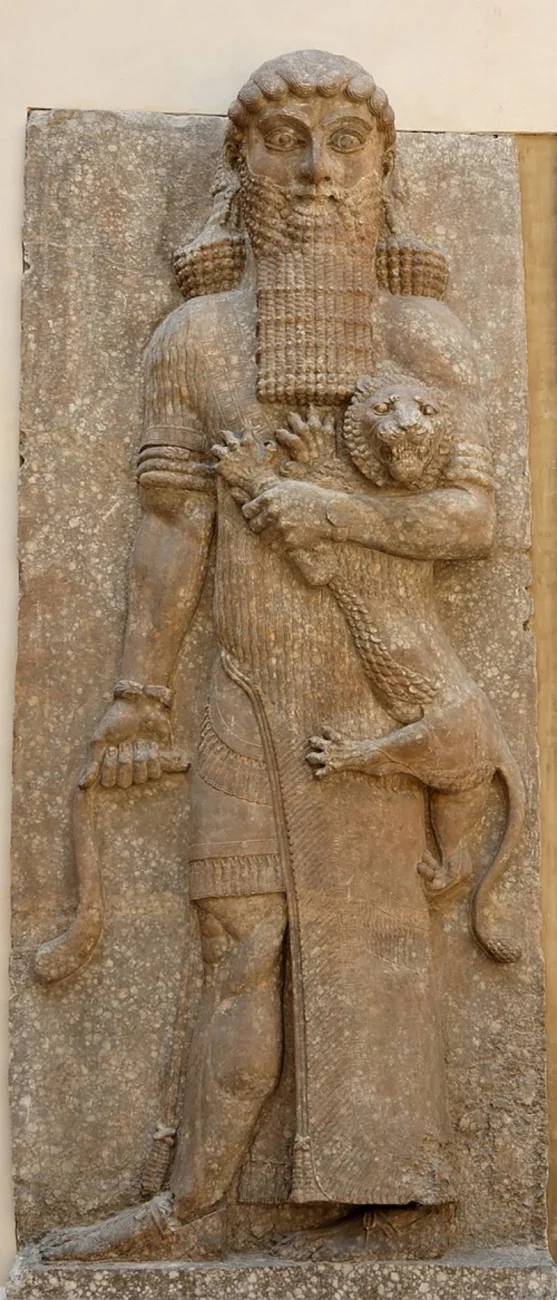 Jastrow
JastrowGilgamesh is the king of Uruk in Mesopotamian tradition and the central figure of the Akkadian epic that bears his name. The story follows his shift from a proud ruler to a seeker of wisdom after the death of his companion Enkidu. He travels to meet Utnapishtim who survived a great flood and learns about mortality and the limits of power. Clay tablets preserve this tale and show how ancient scribes recorded a hero’s struggle with meaning and loss.
His exploits include slaying the forest guardian Humbaba and defeating the Bull of Heaven that brings famine and chaos. He undertakes a long journey through mountains and the waters of death while wearing animal skins and staying awake during tests that measure resolve. The epic uses his quests to explain kingship, friendship, and the search for lasting fame in a world where even giants must face time.
Heracles
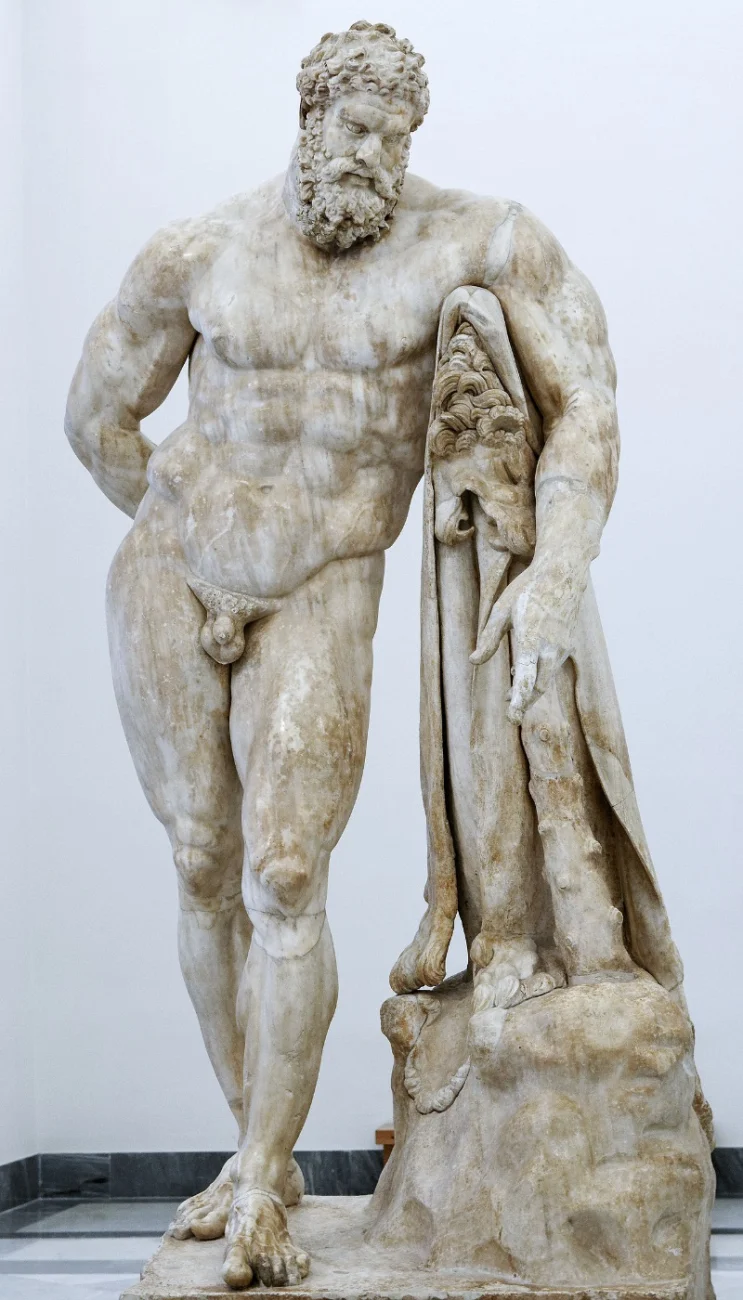 Marie-Lan Nguyen
Marie-Lan NguyenHeracles belongs to Greek mythology and appears in stories that describe a hero with unmatched strength who serves the gods through difficult penance. The best known thread is the cycle of Twelve Labors ordered by King Eurystheus. These tasks include defeating the Nemean Lion, capturing the Ceryneian Hind, cleaning the Augean Stables, and bringing back Cerberus from the underworld. Each labor presents a different challenge that combines force, strategy, and persistence.
Beyond the labors he joins the Argonauts in the quest for the Golden Fleece in some versions and protects travelers on dangerous roads. Temples and cults honored him across the Mediterranean and beyond, and artists carved his image with the lion skin and club that symbolize his victories. His story explores atonement, service to divine law, and the idea that strength without restraint can bring ruin before it brings salvation.
Achilles
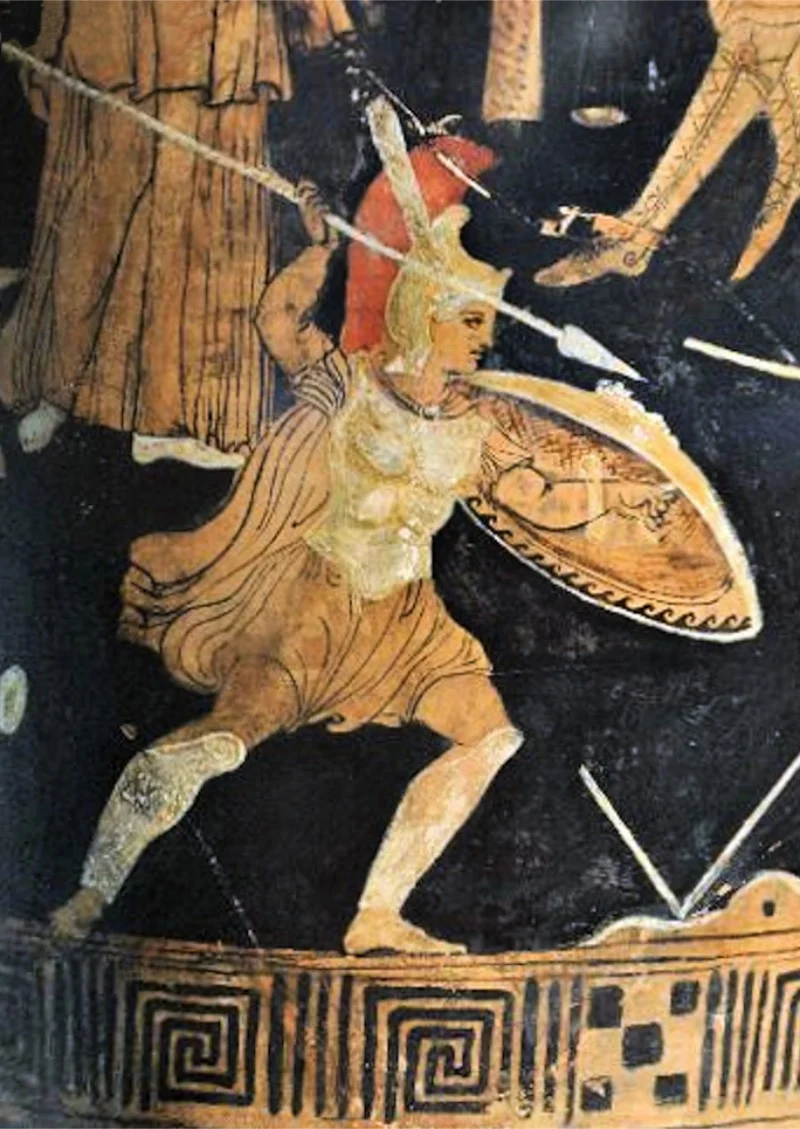 Jona Lendering
Jona Lendering Achilles is the greatest warrior of the Greeks in the cycle of the Trojan War. His mother is the sea nymph Thetis and his father is the mortal king Peleus. The epic tradition presents him as nearly invincible on the battlefield and fully aware of a prophecy that offers a short life with glory or a long life without renown. He chooses glory and becomes the decisive fighter for the Achaean forces.
Key episodes include the duel with Hector outside the walls of Troy and the grief that follows the death of Patroclus. His armor made by the divine smith Hephaestus becomes a symbol of status and protection as it passes between hands. Later stories describe his vulnerable heel and his death near the end of the war. The figure of Achilles speaks to honor, wrath, and the price of a name that endures after the city’s ashes cool.
Odysseus
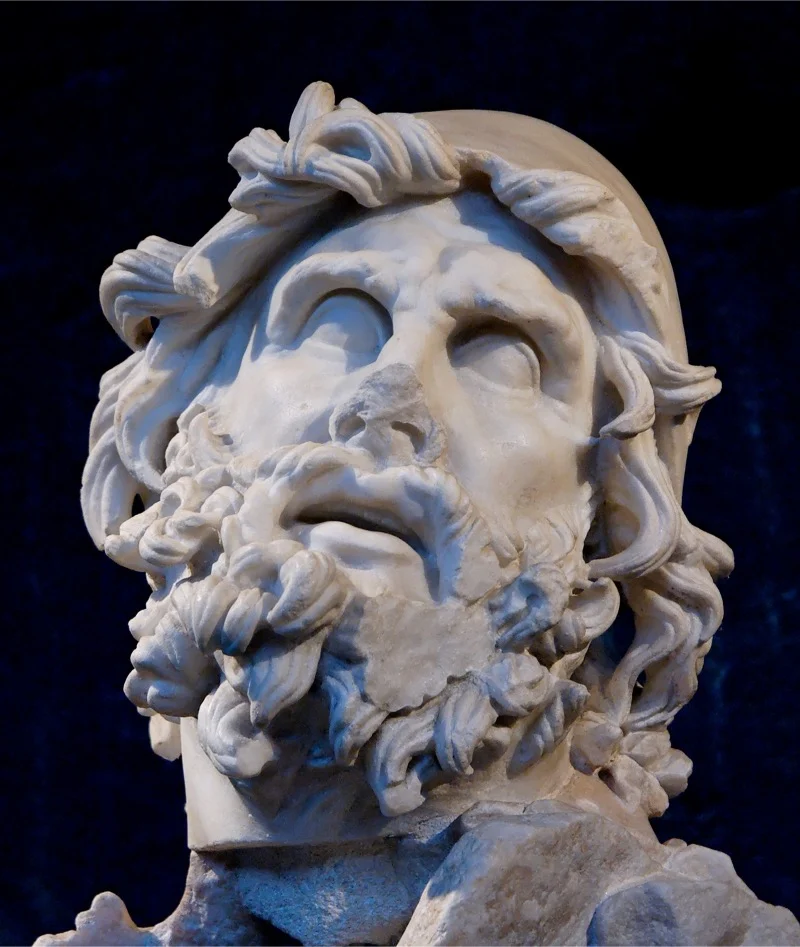 Jastrow
JastrowOdysseus is a king of Ithaca known for clever speech and resourceful tactics in Greek mythology. After the fall of Troy he spends years at sea trying to reach home, and his journey becomes a map of the ancient imagination. He blinds the Cyclops Polyphemus, navigates past the Sirens, and escapes the enchantments of Circe and Calypso. Each stop tests his leadership and his ability to weigh risk against survival.
The return to Ithaca brings another set of trials as he disguises himself, learns who stayed loyal, and reclaims his house from arrogant suitors. His bow serves as the sign that proves his identity and skill. The story preserves ideas about hospitality, oath keeping, and the fragile line between human prudence and divine will. Odysseus shows how thought and timing can win where force alone cannot.
Beowulf
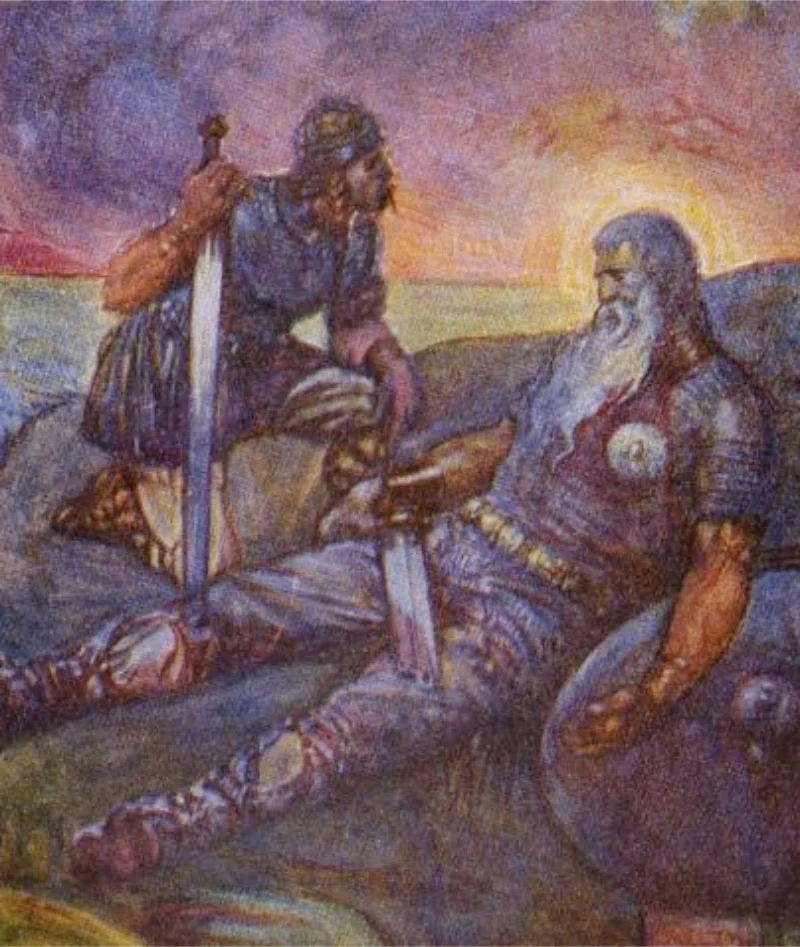 J.R. Skelton
J.R. SkeltonBeowulf comes from the Old English epic that preserves early medieval culture in the North Sea world. He arrives from Geatland to help King Hrothgar of the Danes and defeats the monster Grendel who has been attacking the hall of Heorot. He then hunts down Grendel’s mother in her underwater lair and brings peace back to the community that asked for aid. The poem later follows him as a king who must face a dragon that threatens his own people.
The narrative uses gifts, boasts, and funeral rites to show how honor worked among warriors and rulers. It presents a hero who relies on grip strength in one fight and on a special sword in another, then turns to a loyal companion when age makes battle harder. The final scene with the dragon shows the cost of leadership and the way a people remembers a protector after the smoke clears.
Cú Chulainn
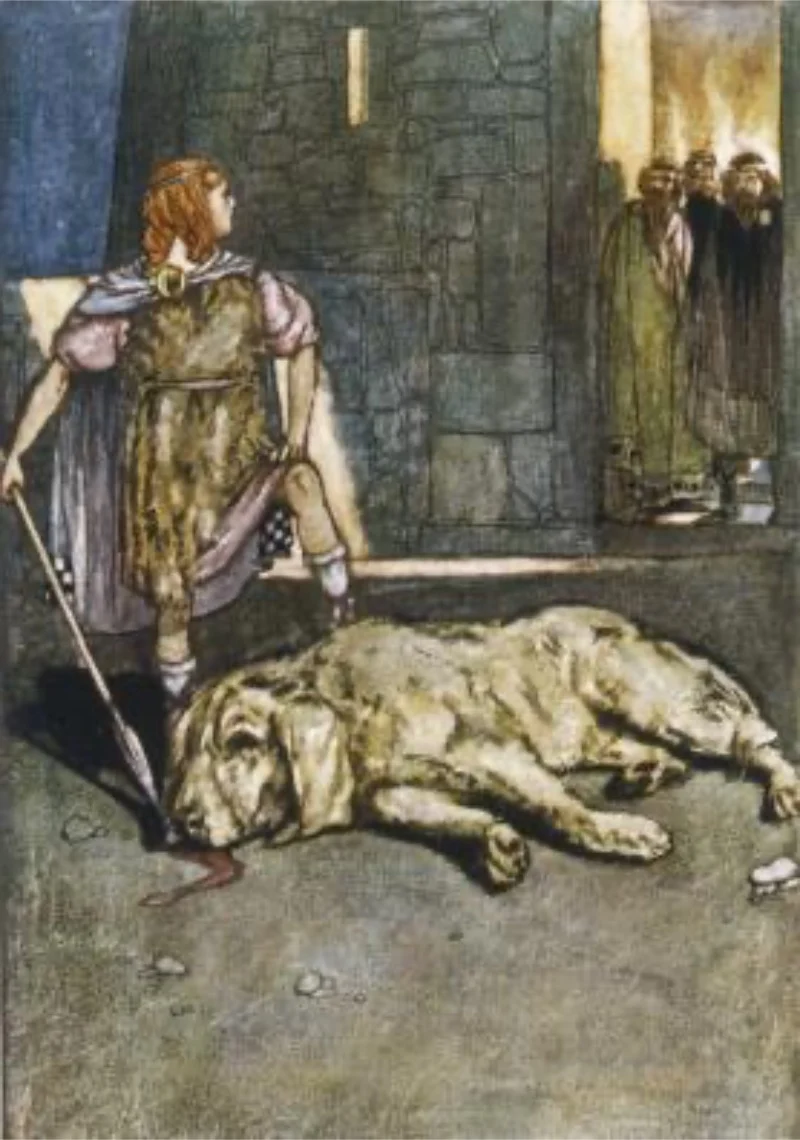 Stephen Reid
Stephen Reid Cú Chulainn is the champion of Ulster in Irish mythology and a central figure of the Ulster Cycle. His birth name is Sétanta and he earns his better known name after he kills the watchdog of the smith Culann and offers to take its place. He displays a battle frenzy called ríastrad that transforms his body and makes him unstoppable in combat. Tales describe him holding a border against entire armies during the Cattle Raid of Cooley.
His signature weapon is the gae bolga which delivers fatal wounds in stories that define heroic duels. He navigates complex oaths, fosterage ties, and geasa that bind him to specific behaviors. His death comes through clever manipulation of these bindings and marks the end of a heroic age. The figure preserves early Irish legal customs, martial training, and the tragic shape of promises that cannot all be kept at once.
Sun Wukong
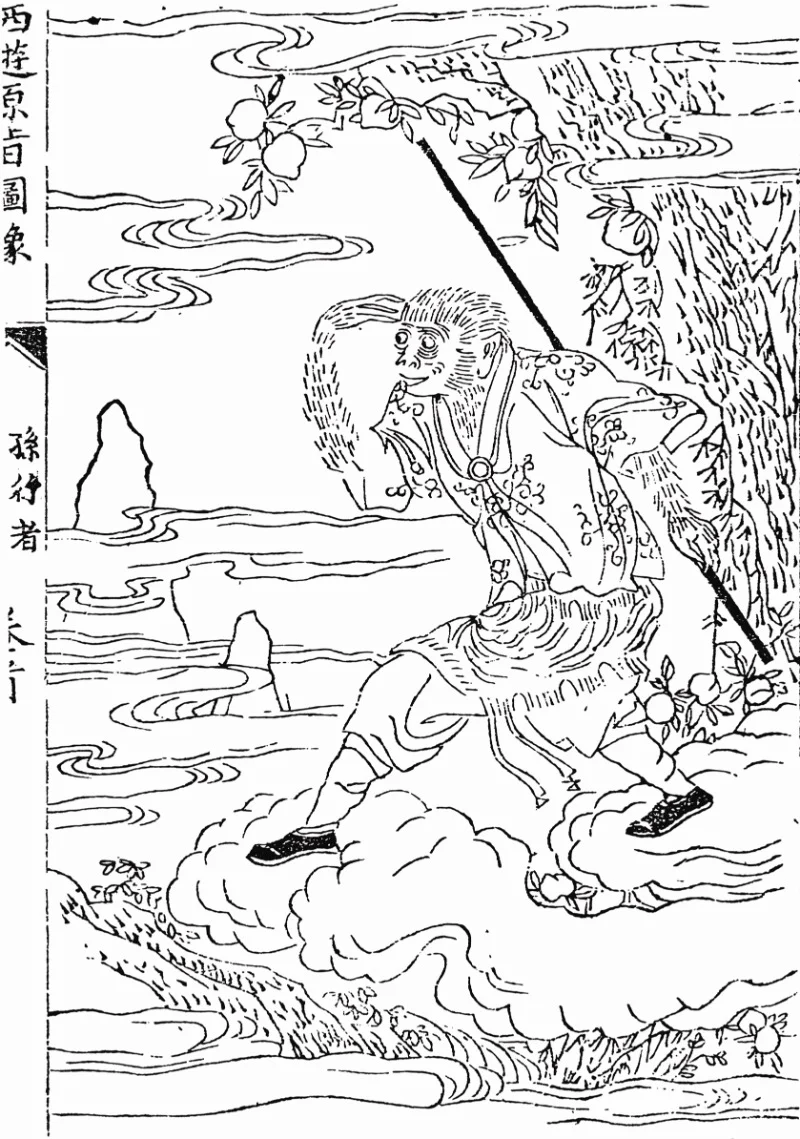 Anonymous
AnonymousSun Wukong is the Monkey King from Chinese literature and folklore. He is born from stone, studies with a Taoist master, and gains powers such as seventy two transformations, cloud somersault travel, and resistance to conventional weapons. He steals peaches of immortality and causes trouble in heaven before being subdued by the Buddha and later joining a pilgrimage to India as a protector.
His weapon is the Ruyi Jingu Bang, a staff that changes size at will and weighs a tremendous amount. On the road he battles demons and spirits that want to capture the monk Xuanzang. The tale explores discipline, redemption, and the tension between raw talent and spiritual maturity. Sun Wukong shows how mischief can be trained into service while still keeping its spark.
Rama
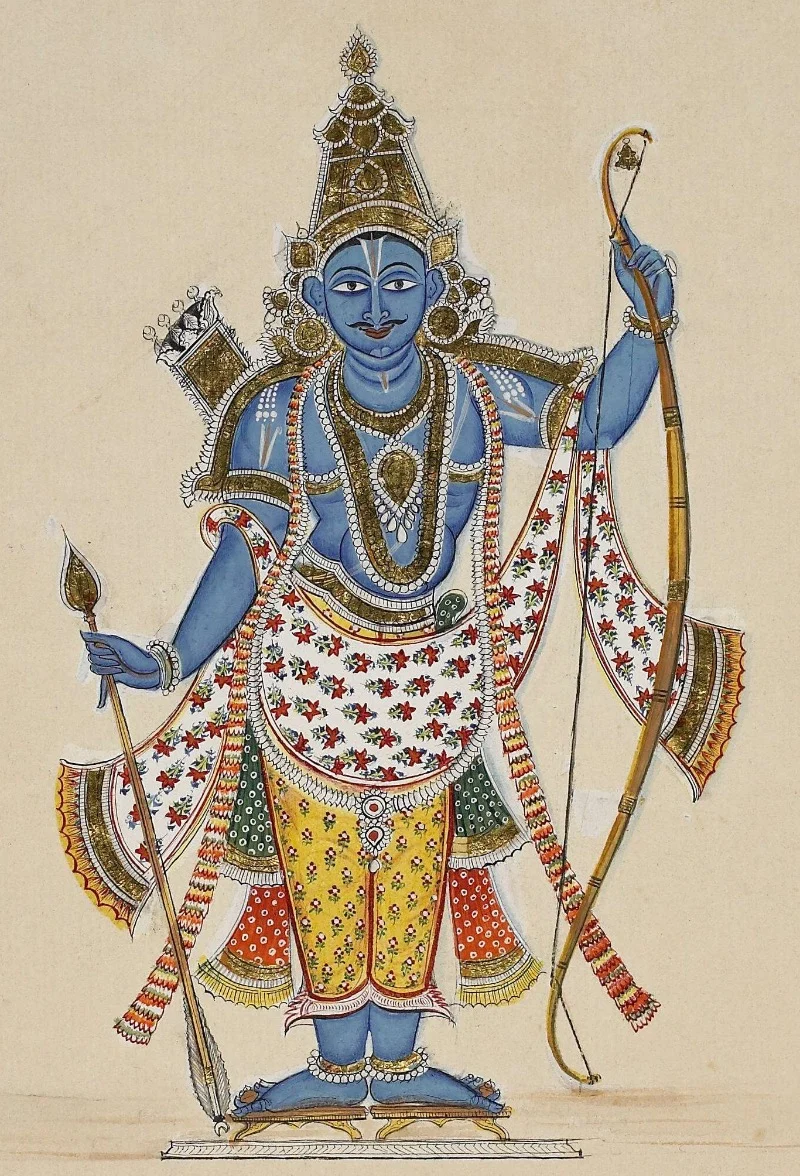 Anonymous
AnonymousRama is the prince of Ayodhya and the seventh avatar of Vishnu in the Sanskrit epic tradition. Exiled to the forest, he lives alongside Sita and Lakshmana and becomes the model of duty and kingship. The narrative follows his pursuit of Sita after she is taken by the king Ravana and his alliance with allies who help cross the sea to Lanka.
Key moments include the building of a bridge with the aid of vanara companions, the use of divine weapons in battle, and the final return to Ayodhya to restore order. Temples and festivals celebrate him as a symbol of righteous rule and steady commitment to dharma. The story connects family loyalty, political responsibility, and cosmic balance in a single journey.
Arjuna
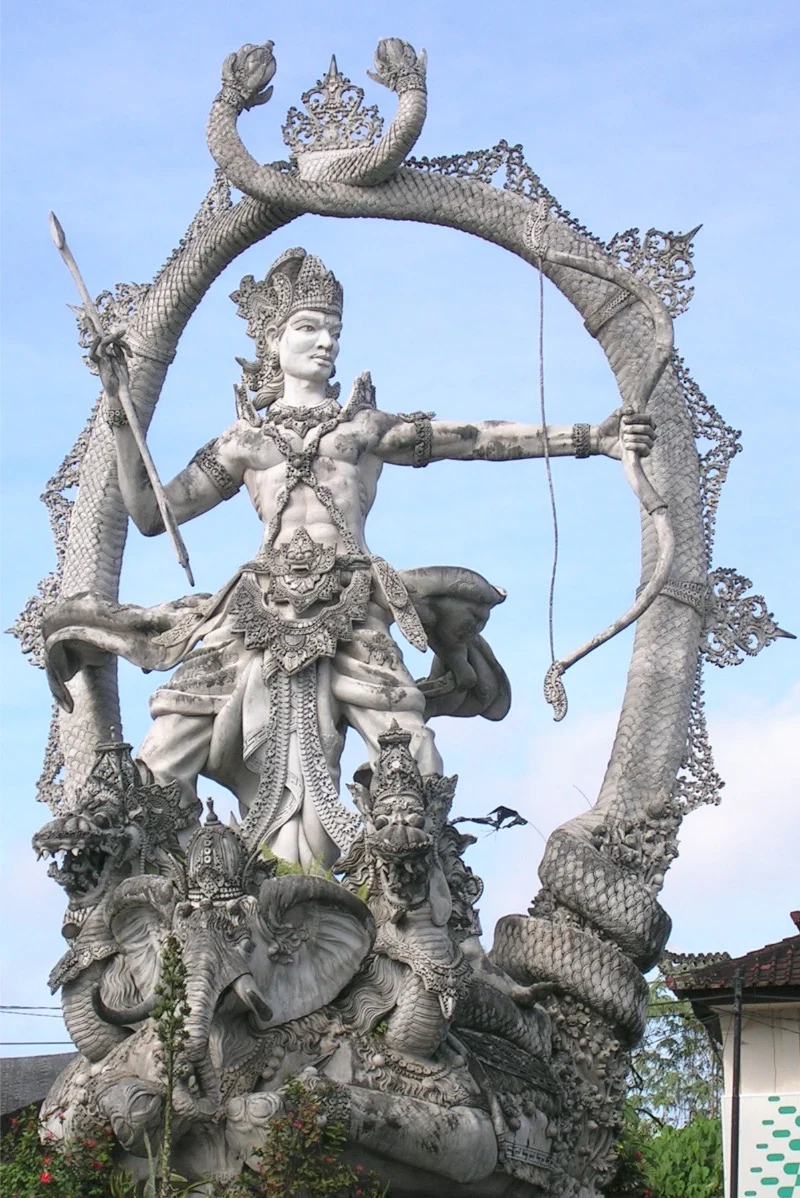 Illusion
IllusionArjuna is a principal hero of the Mahabharata and a peerless archer among the Pandava brothers. Trained by Drona and guided by Krishna, he wields the Gandiva bow and masters celestial weapons obtained through rigorous austerities. His role in the great war brings him to the field of Kurukshetra where he confronts moral doubt about fighting against kin and teachers.
The dialogue that follows sets forth teachings on duty, devotion, and disciplined action. In the wider epic he participates in tournaments, rescues allies, and undertakes pilgrimages that earn divine support. The figure of Arjuna connects elite martial practice with ethical inquiry and shows how skill and clarity of mind must work together when a kingdom’s future hangs in balance.
Hanuman
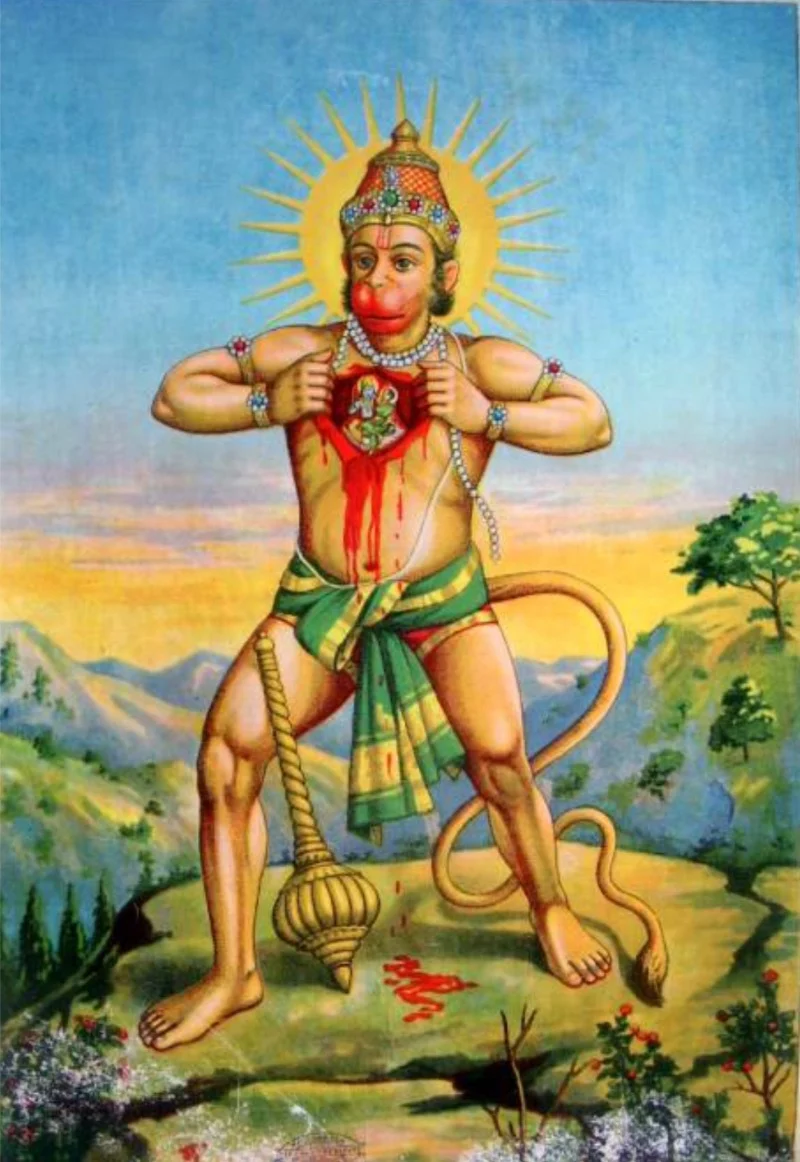 Ravi Varma Press
Ravi Varma PressHanuman is a vanara hero revered for strength, devotion, and speed. He serves Rama with complete loyalty and becomes the crucial link in the search for Sita. His leap across the ocean and his reconnaissance within Lanka provide intelligence that turns the tide of events. He also expands his size to confront enemies and shrinks to slip past obstacles when stealth serves the mission.
In many retellings he carries a mountain that holds life saving herbs to revive allies on the battlefield. He burns part of Lanka with his fiery tail after a failed attempt to subdue him. Worship and storytelling present him as an example of service without pride and power guided by purpose. His presence keeps the focus on teamwork and the idea that the right messenger can change the course of a war.
Thor
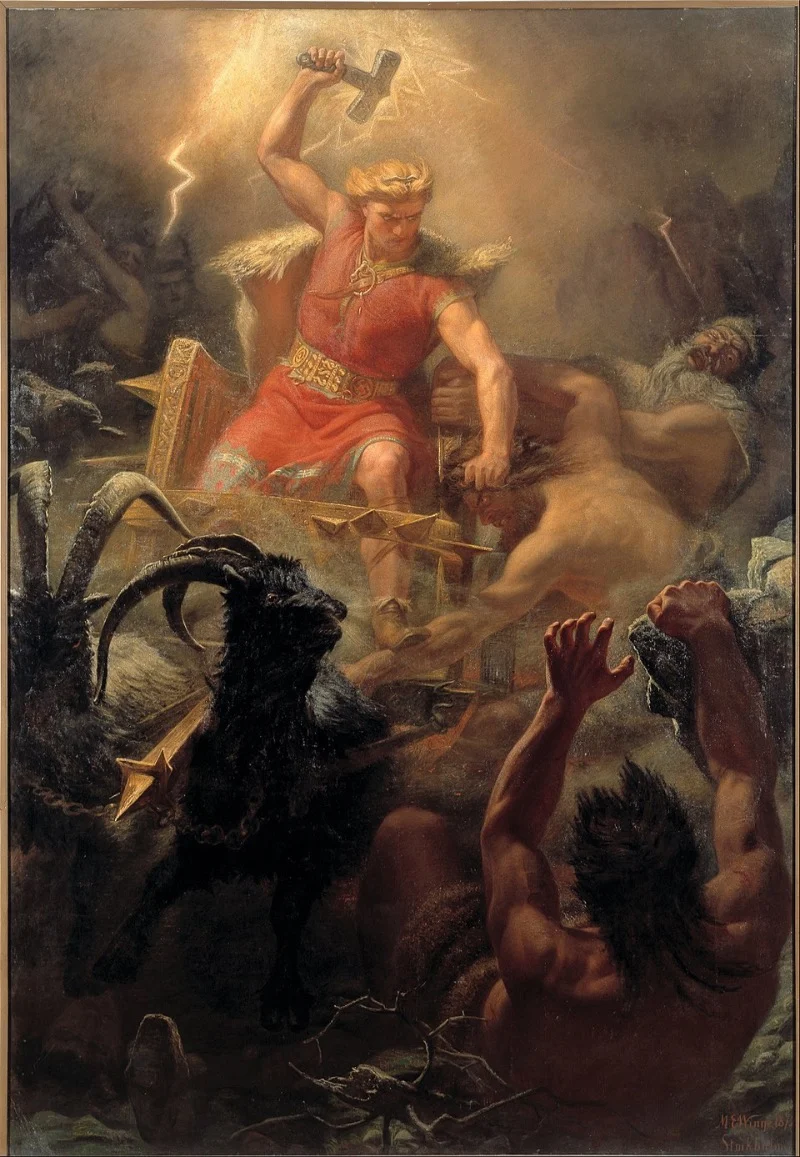 Mårten Eskil Winge
Mårten Eskil Winge Thor is the thunder god and protector of humanity in Norse tradition. He travels across the worlds with a chariot pulled by goats and wears a belt that doubles his strength and iron gloves that help him handle his weapon. His hammer Mjölnir returns to his hand after each throw and serves both as a tool of battle and as a ritual instrument that blesses marriages and oaths.
Many tales describe his contests with giants and his appetite at feasts that test the limits of hospitality. He fishes for the serpent Jörmungandr and nearly drags it from the sea before fate interrupts. In the prophecy of the final battle he faces this same serpent again. Thor represents defense of community and relentless opposition to forces that want to unmake the world of gods and people.
Sigurd
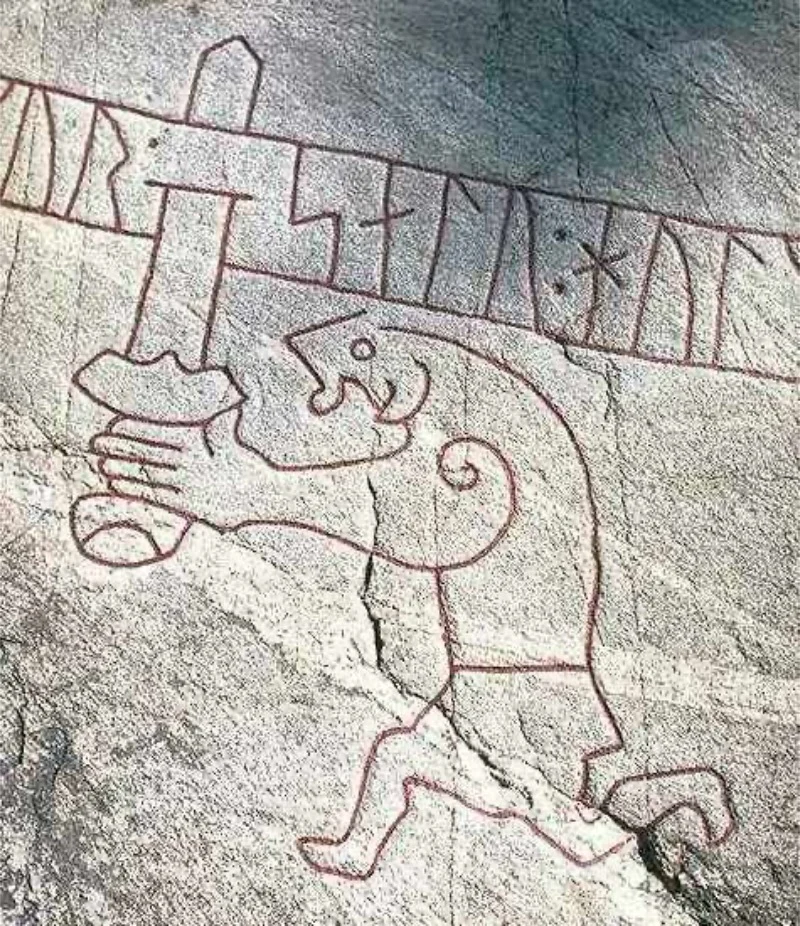 Bengt A Lundberg
Bengt A Lundberg Sigurd is a dragon slayer in the Norse and Germanic legend cycle and is known as Siegfried in later versions. He receives a sword forged from broken shards and reforged to cut through iron on the anvil. He kills the dragon Fafnir, tastes its blood, and gains the ability to understand the speech of birds. This insight warns him about treachery that surrounds a hoard of cursed gold.
His story weaves together a meeting with the Valkyrie Brynhildr, a potion of forgetfulness, and a chain of oaths that later collide. The fall of heroes and the burning of halls mark the tragic end of the treasure’s line. Sigurd’s tale explores the danger that comes with wealth won by violence and the way a single blade can change the fortunes of clans and kingdoms.
Rostam
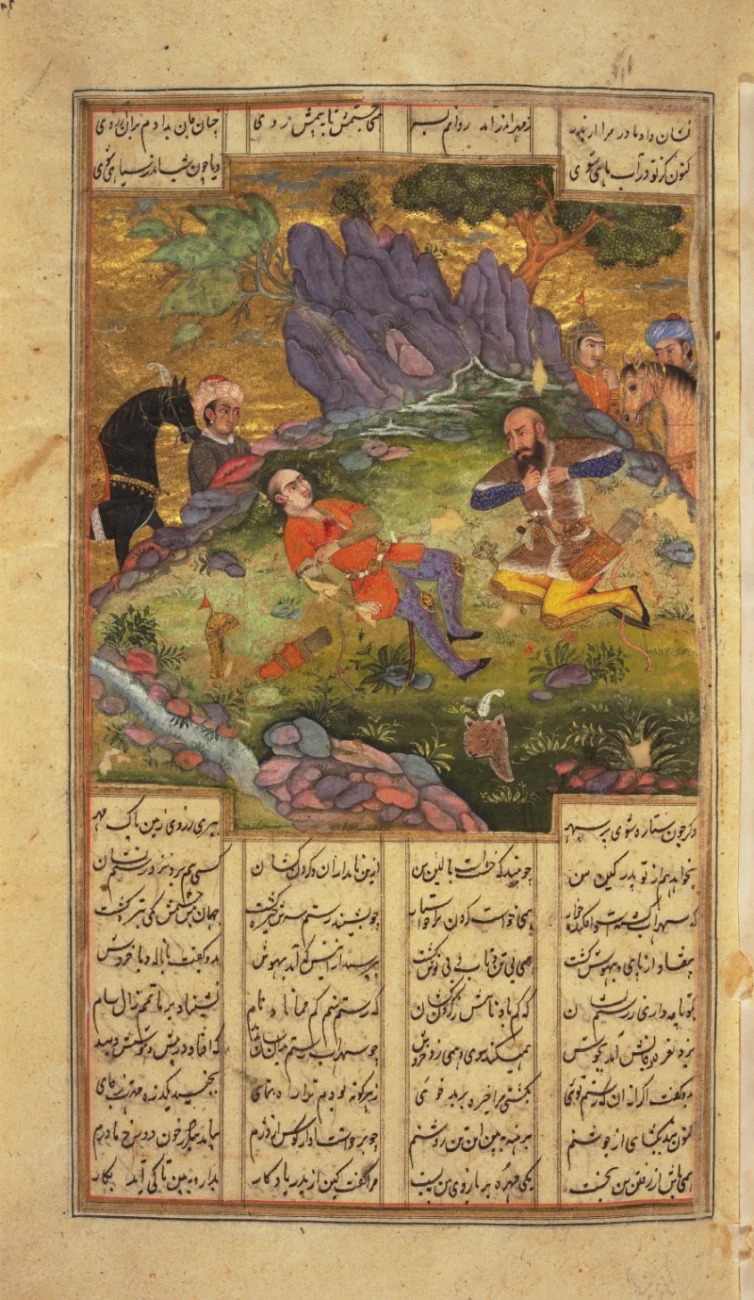 Anonymous
AnonymousRostam stands as the champion of Iran in the Persian epic tradition. He rides the stallion Rakhsh and wears armor and a tiger skin that identify him in miniature paintings and oral recitations. His Seven Labors lead him through encounters with demons, deserts, and deception. He slays the White Demon and restores the sight of a king with the demon’s heart and blood in one sequence that shows both bravery and remedy.
Another pivotal episode is the tragic combat with his son Sohrab, where hidden identities and a matching armband drive the recognition that arrives too late. Rostam also battles the warlord Afrasiab and guards the borders across a long life that ties local legends to imperial memory. His figure embodies duty to homeland, guidance of rulers, and a bond with a horse that fights and warns with near human loyalty.
Māui
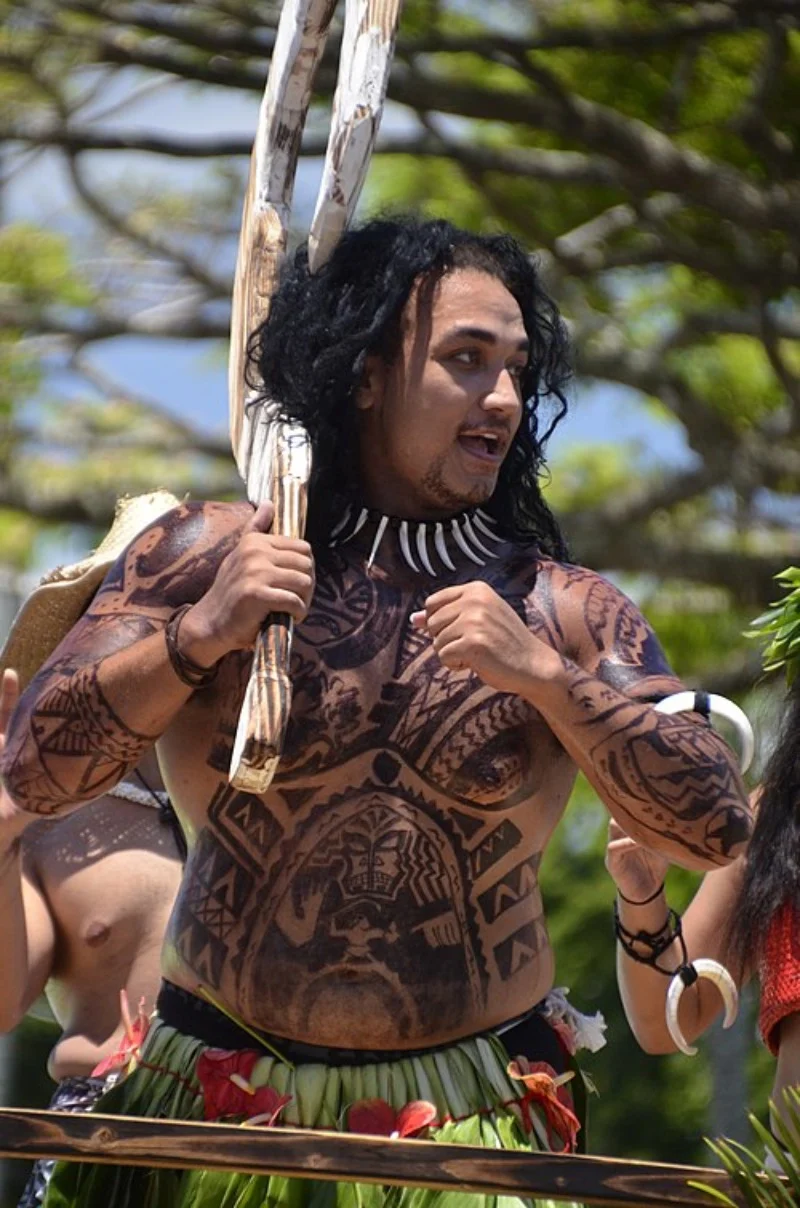 Thomas Tunsch
Thomas Tunsch Māui is a culture hero across Polynesia with variations that reflect local islands and voyages. He slows the sun by snaring it, lifts islands from the sea with his hook, and brings fire to people by confronting its guardians. These feats explain natural features and daily rhythms in a way that connects myth to landscape and sky.
Some traditions describe an attempt to win immortality for humankind by reversing the cycle of life and death. The plan fails and mortality remains, which turns the story into an origin account for human limits. Māui shows curiosity, audacity, and a knack for bending rules to help communities grow and travel farther. Canoes, stars, and reef shapes keep his memory alive in place names and chants.
Lam-ang
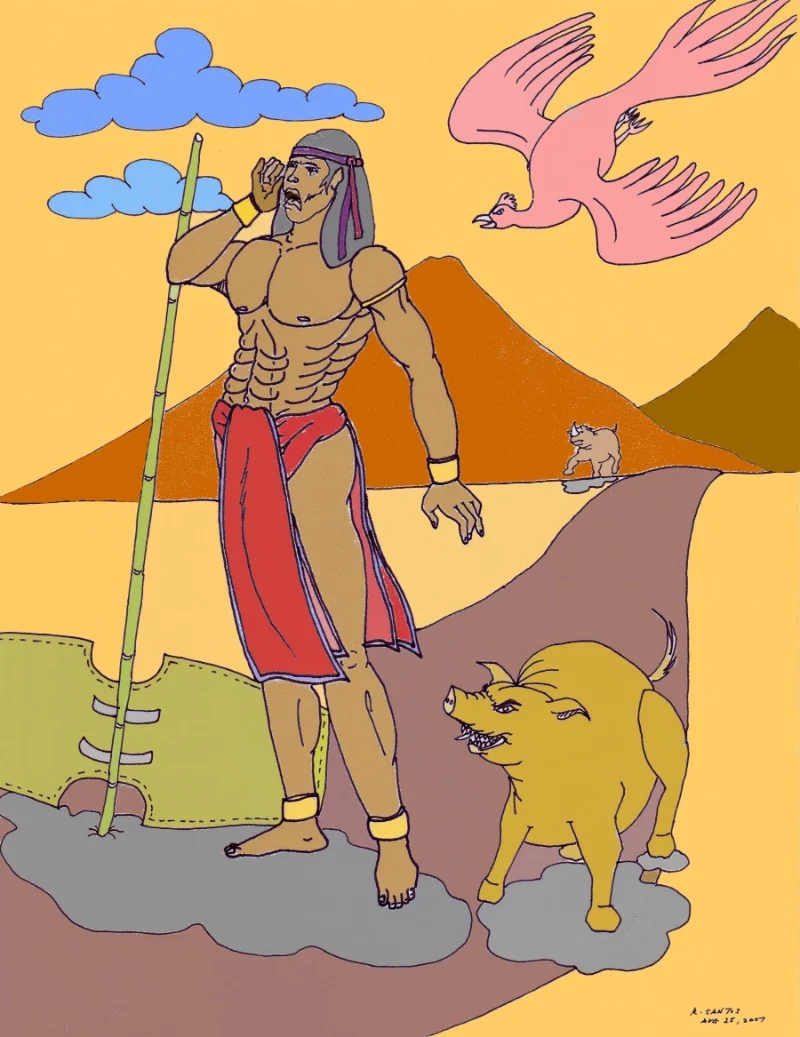 Rodsan18
Rodsan18 Lam-ang is the hero of the Ilocano epic from the northern Philippines. The poem opens with his birth that already shows unusual awareness and strength, and follows his quest to find the father who never returned from a battle. He defeats a series of foes that include raiders and creatures, and his adventures blend martial skill with scenes of courtship and negotiation.
The narrative features his marriage to Ines Kannoyan, the role of animal companions like the rooster and the dog, and a descent into the underworld after a fatal challenge in the river. Community ritual and cooperation bring him back to life, which turns the story into a celebration of resilience and kinship. The epic preserves regional customs, language, and values through performances that continue in festivals and schools today.
Share your favorite mythic hero in the comments and tell us which adventure you think deserves a fresh retelling next.

.jpeg)


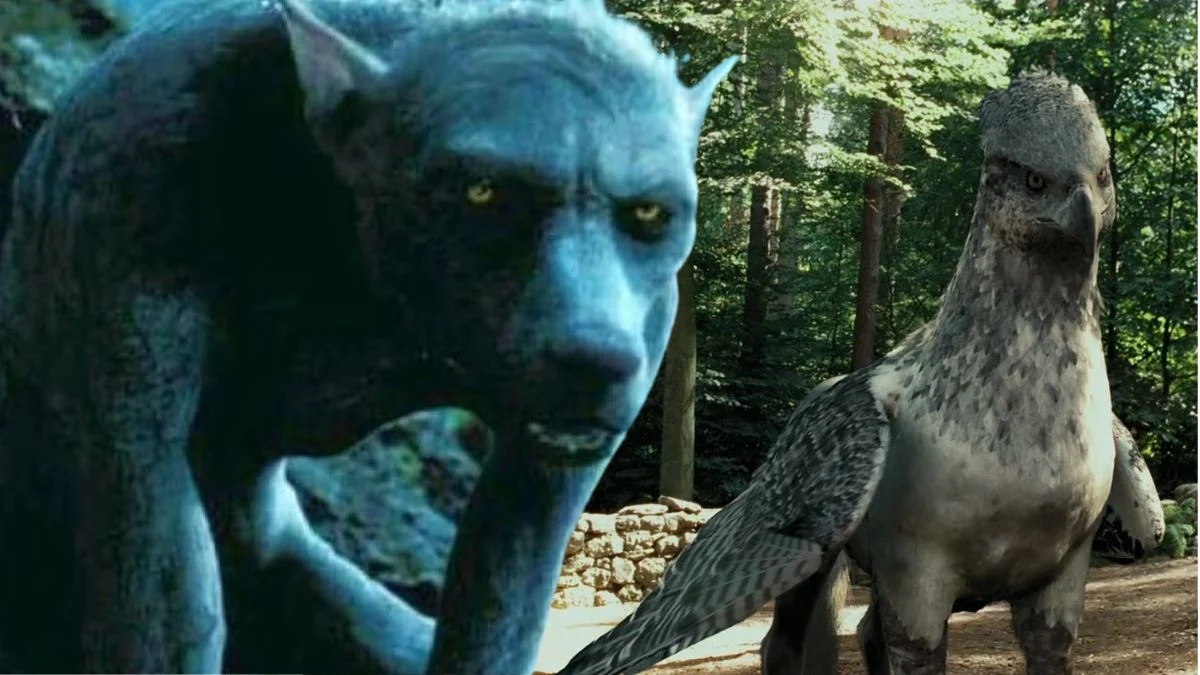
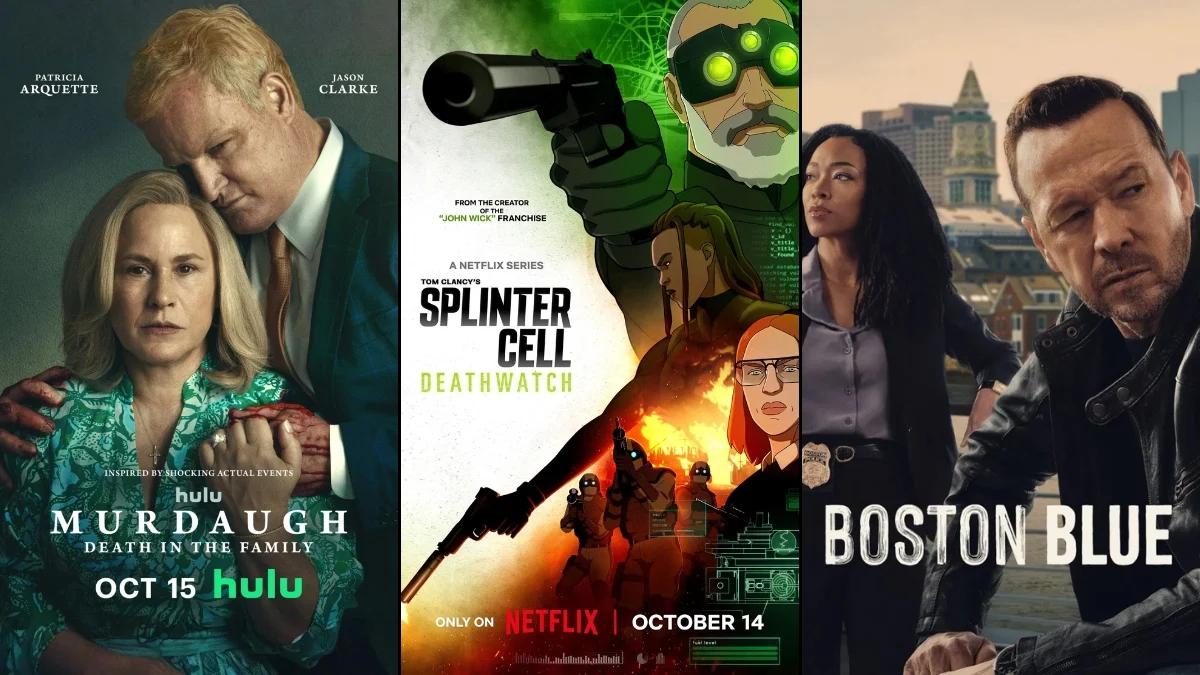

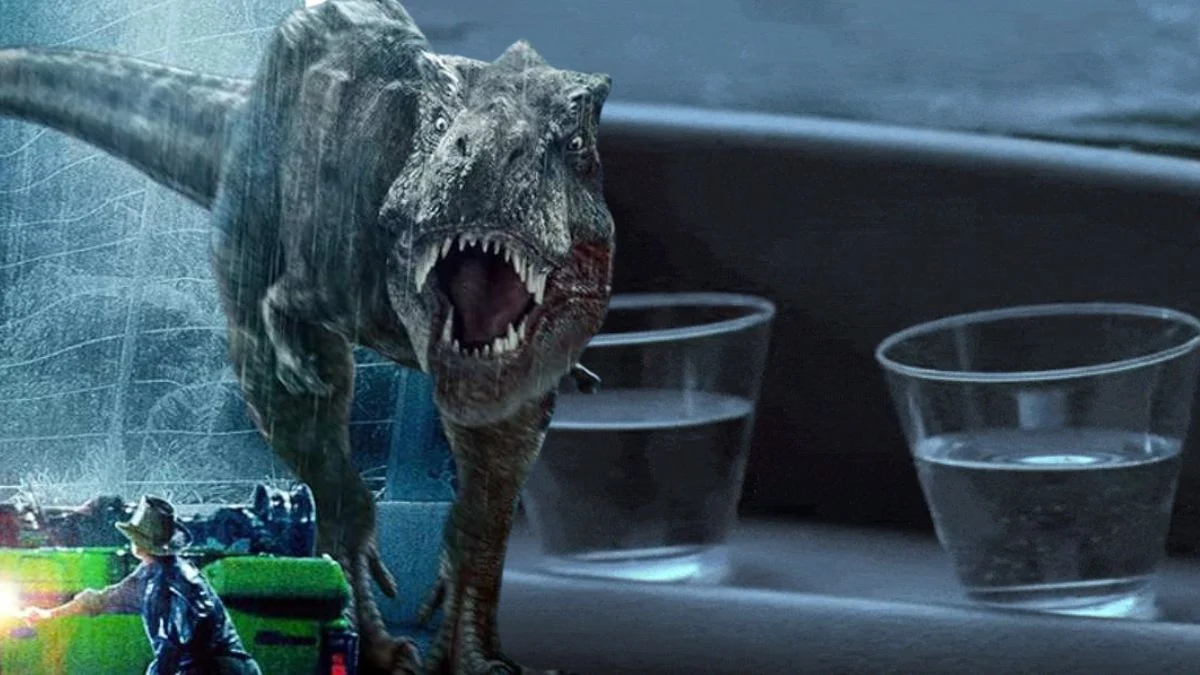
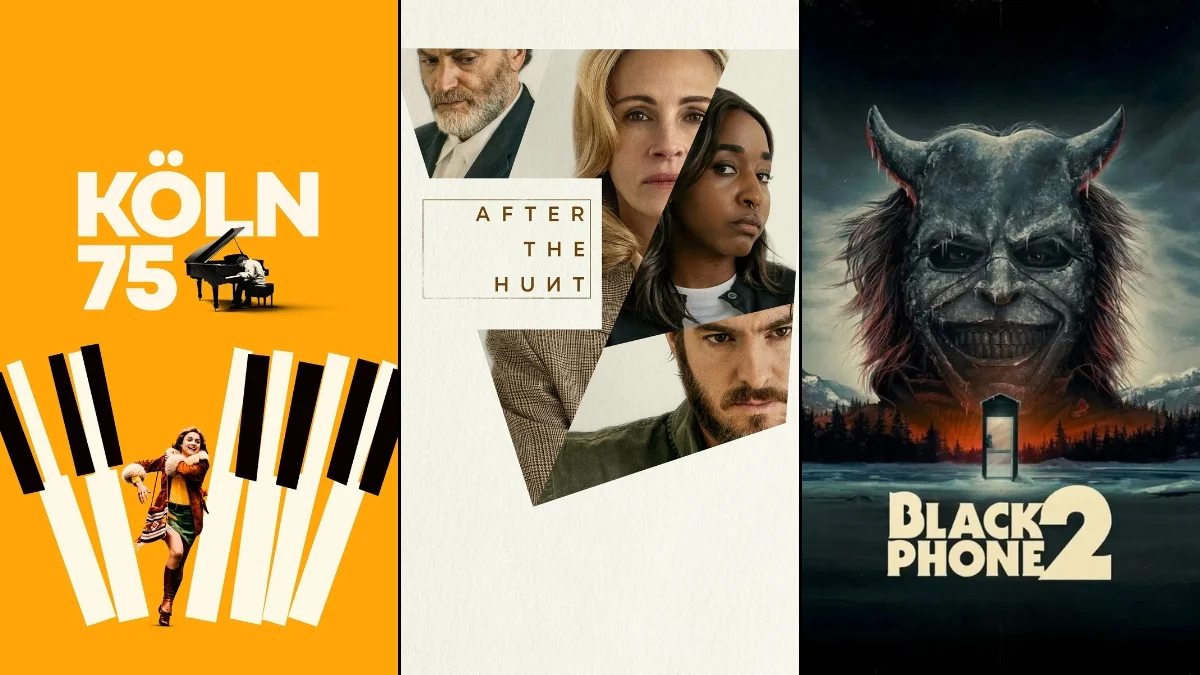
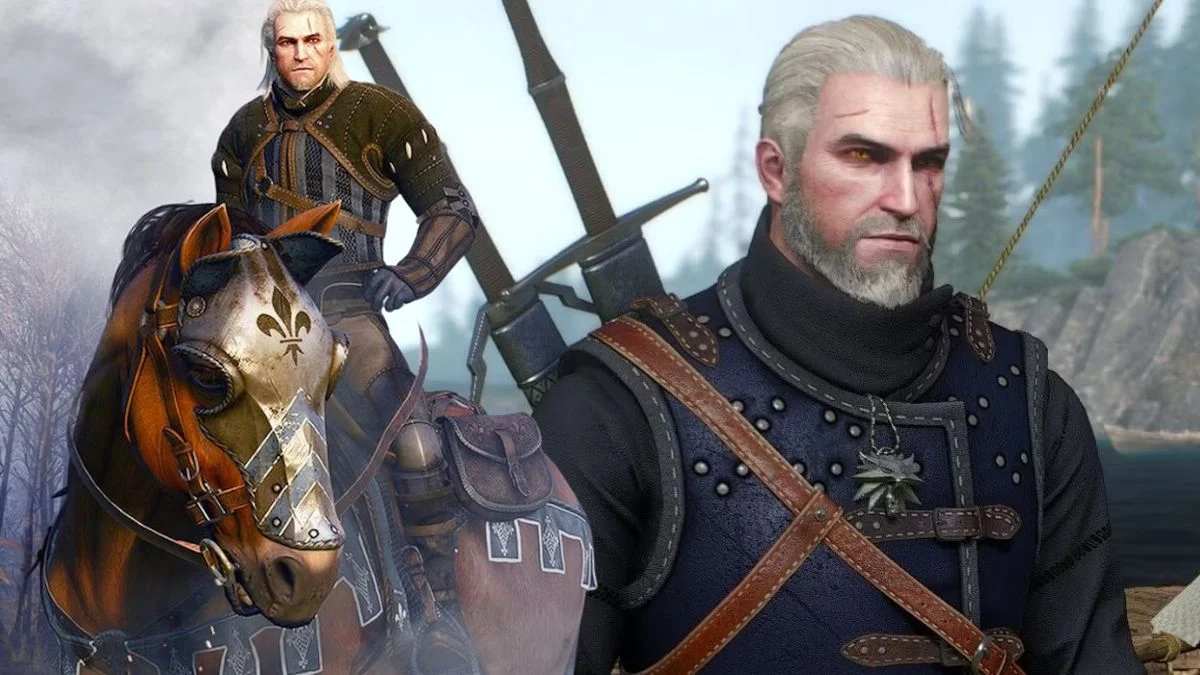
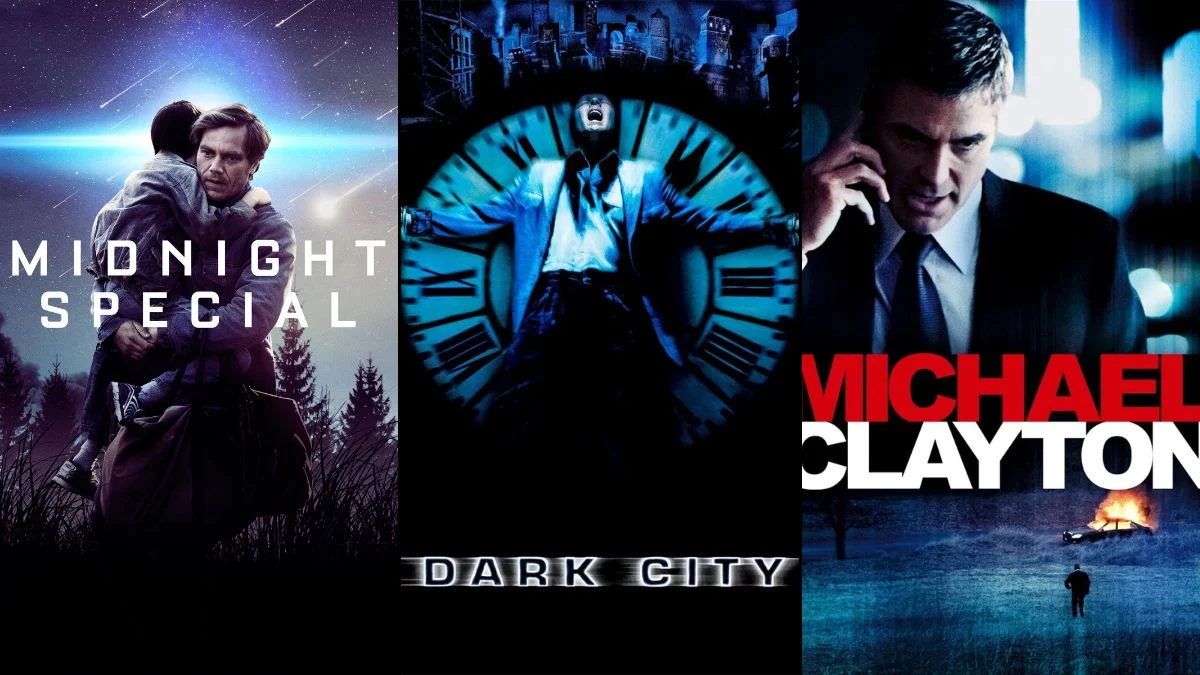
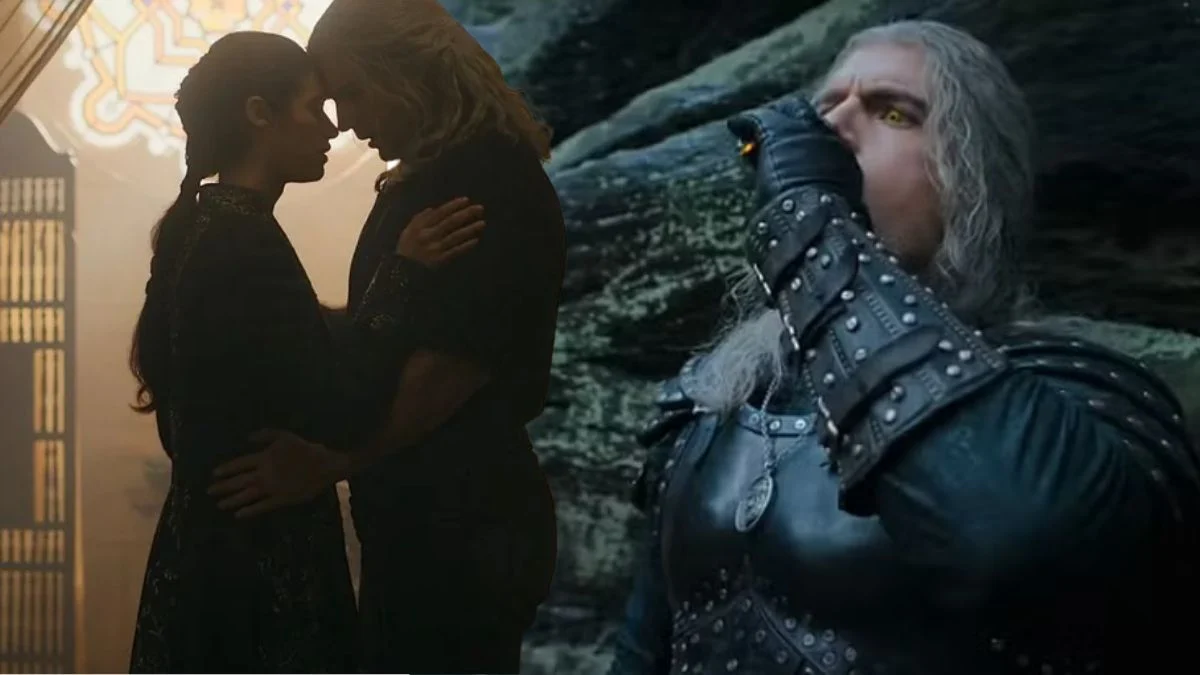


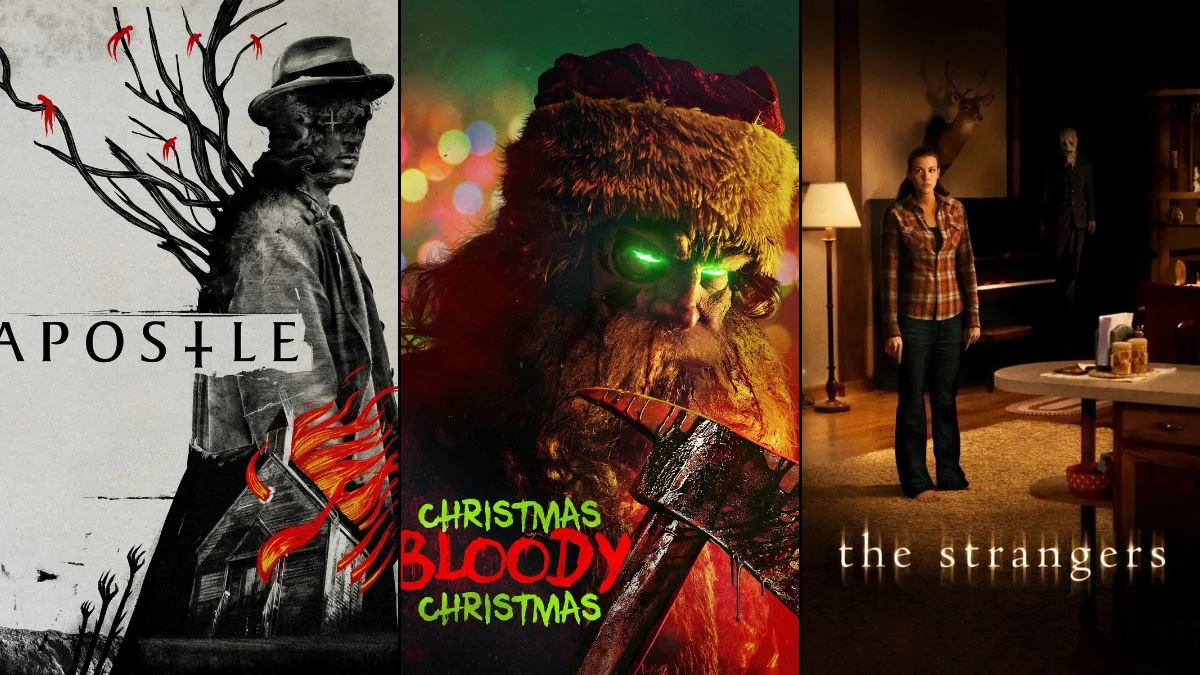

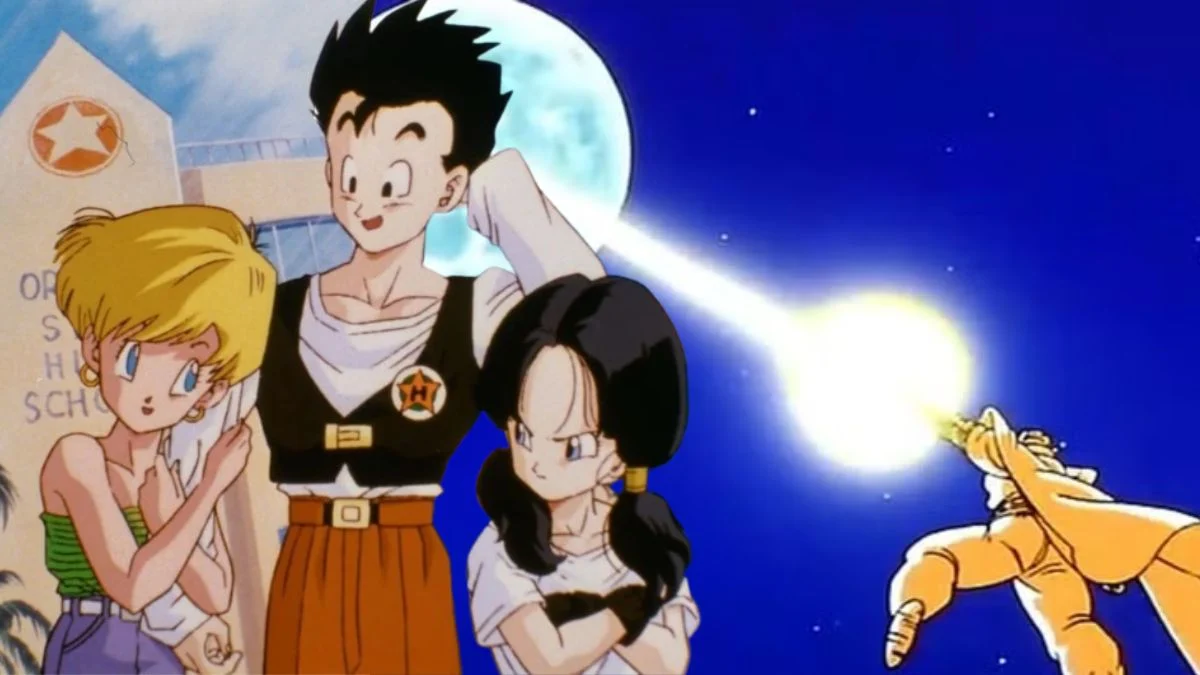

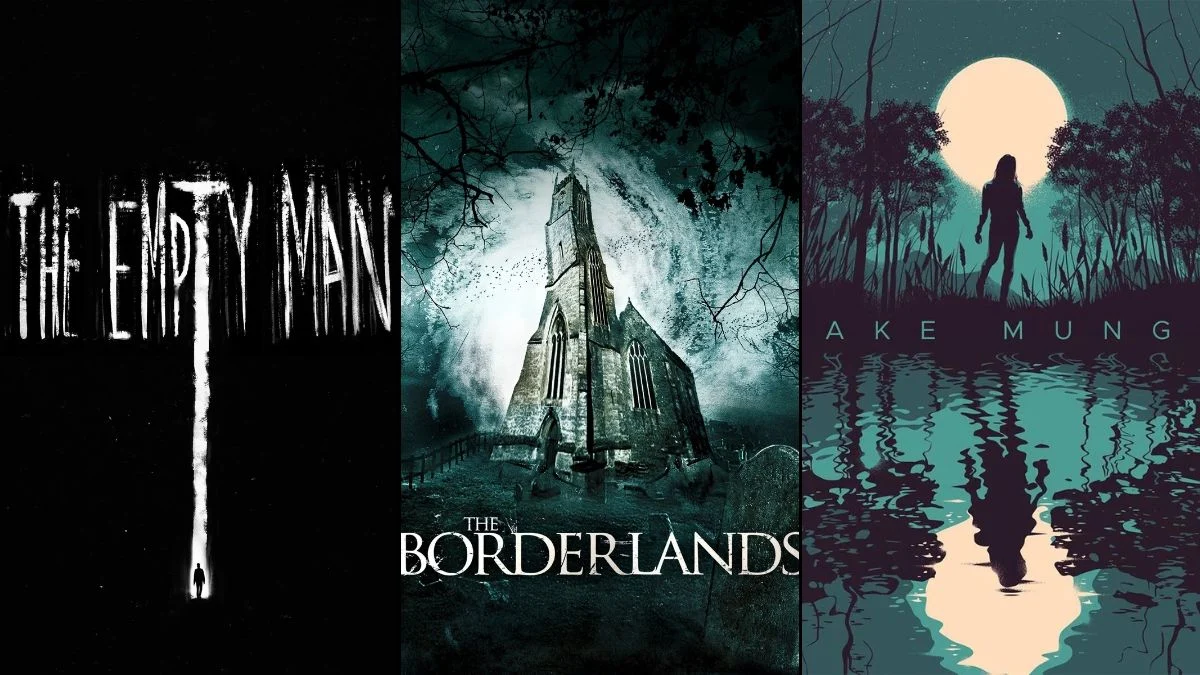

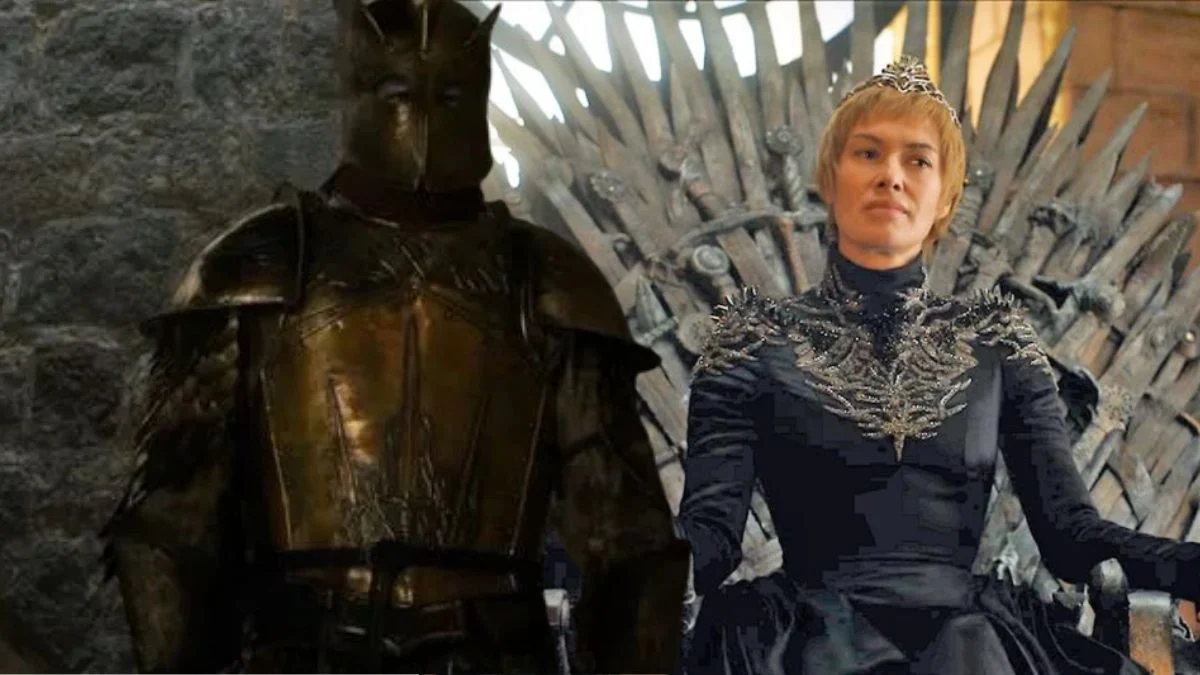
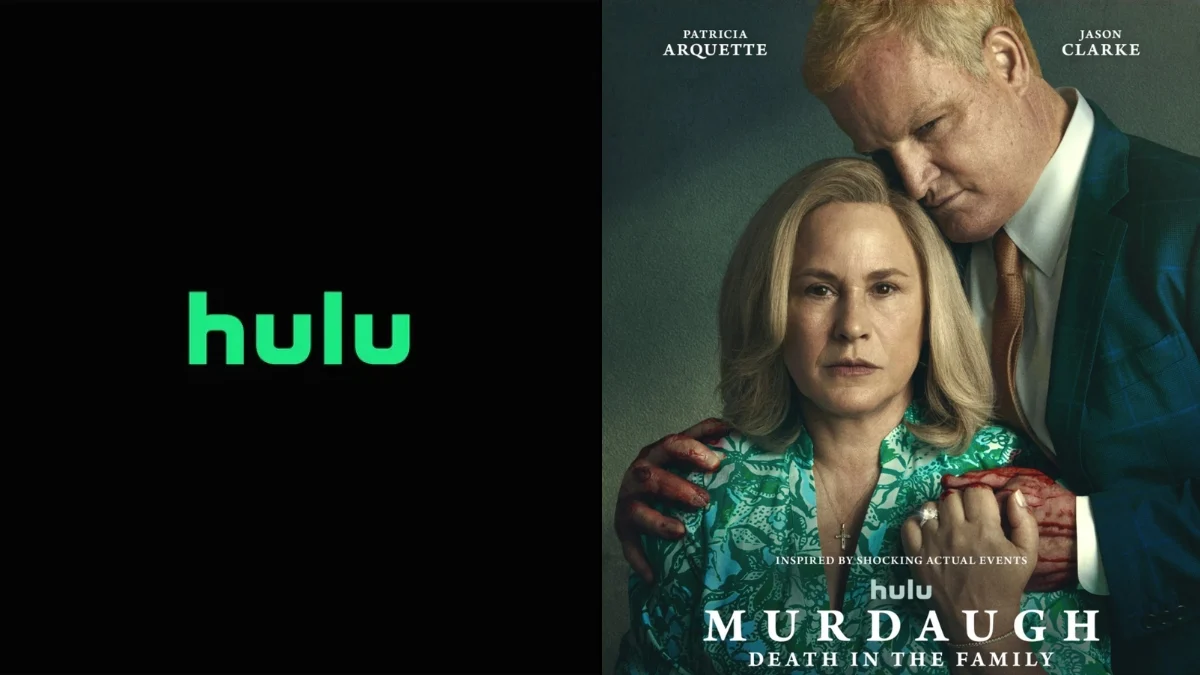




.jpeg)












 English (US) ·
English (US) ·